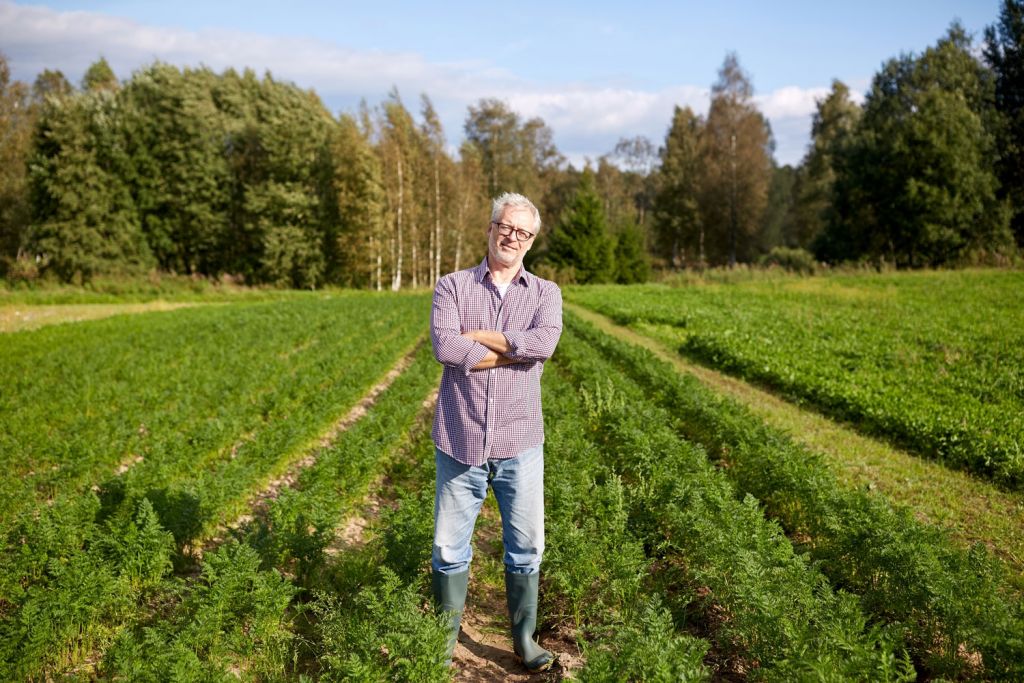

New research has found that the number of R&D claims submitted within the agriculture, forestry and fishing sectors has climbed 103% in the last four years.
The only sectors to see a greater increase in R&D claims are the accommodation and food industry and the real estate sector.
But it isn’t just the number of R&D claims that’s on the up. When it comes to the total sum claimed, agriculture, forestry and fishing also rank joint fourth for the most significant increase over the last four years, along with transport and storage – up 100%. Only mining and quarrying, admin and support services and construction have seen a higher sum claimed.
Agritech R&D focuses largely on how we can produce more with less, and the development of technology enables us to improve the efficiency of production and increase crop yields while at the same time requiring fewer resources, such as land and water, to do so.
We’ve come a long way from working the fields by hand, and today, Agritech R&D examples include a range of innovations, including: –
- The use of drone technology
- Sensor technology
- Automated irrigation
- Improvements in delivering products to the market
- Light and heat control to improve yields and reduce waste
- Intelligent software analysis for pest and disease protection and soil management
- Remotely operated vehicles
- Big data to improve or adapt existing technologies and performance
The UK has become one of the leading forces in R&D Agritech advancements largely due to our leading science and research capabilities. A well-connected farming supply chain and dynamic business environment encourage innovation through schemes such as R&D tax credits.
But why is Agritech such a big R&D business?
While it may seem a long, long time ago, the global population has increased from 1 billion people in 1800 to 7.7 billion today. To put that into perspective, this means that today’s population accounts for 6.5% of the total number of people ever to be born.
So we have a lot more people to feed, but despite this, it’s estimated that 795 million people still don’t have enough food to eat.
Not only do we need to produce more food, but a changing climate requires us to adapt to how we do this.
According to research by the Natural Environmental Research Council, CO2 levels have increased, so too has the average temperature since the 1980s. Rainfall has varied erratically; sea levels have increased, severe windstorms have become more frequent, as has flooding, while ground frosts have reduced.
All of these changes impact the way we farm and produce food by causing changes in forestry environments, horticulture, the way we rear livestock, the quality of the soil available, the temperatures in different farming areas, the risk of flooding and an increase in sea levels, as well as the availability of groundwater for irrigation.
No surprise, then, that Agritech R&D has become one of the leading sectors in R&D as we try to balance existing issues caused by population growth with those developing due to a change in our climate.
Director of RIFT Research and Development Ltd, Sarah Collins, commented: “The advancements and developments being pioneered within the Agritech sector as a result of R&D do bring a benefit to business from a profit point of view. However, the focus is much bigger than money alone, and in fact, it could be argued that Agritech is one of the most vital areas of R&D today.
“While previous R&D advancements have allowed us to produce more food more quickly and with a smaller workforce, today’s focus is very much on how we can make this produce more readily available to those who need it through the development of existing frameworks and practices.
“At the same time, we also have to evolve with a changing climate that presents new obstacles in terms of the land we use, how we use it, and what we use it for. This is no doubt the driving force behind the notable increase in Agritech R&D claims and demonstrates the fast pace at which the sector is changing and improving for the better.”
